How to start a fire in a fire pit
For some people lighting a fire is a daunting task; this once essential skill has become more or less redundant for many people in todays centrally heated home.
Often the success and enjoyment of a properly lit fire can be determined by the fuel and method you use. You may be able to light your fire pit, but if you spend your evening surrounded by a cloud of smoke, is it an enjoyable experience? To get it right, there are a number of things to consider before you start. Read on to learn what you need, what you need to take into account and the best method to light your fire pit.
What you will need
Before you start, you need to gather together the following:
- Firepit
- Small split kiln dried or dry seasoned logs, (below 20% moisture content)
- Kindling sticks
- Natural firelighters - stay clear of the traditional paraffin blocks
- Matches
- Gloves - heat resistant
- Optional - a poker
Preparing your fire pit
It is always better to start a fire in a dry, clean environment. If you start a fire on top of damp ashes your fire will smoke. Therefore clean out your fire pit of ash so that your new fire sits directly on the clean base. If your fire pit does not have a drainage hole in the base, ensure it is emptied of any water.
Weather conditions
You can light a fire in any weather conditions but it is dangerous in high winds because the embers could carry on the wind and ignite structures, fixings and even buildings. Although not ideal, if you need to light your fire pit in the rain, you can do so by holding an umbrella over it until the fire has taken hold.
Your fire will behave differently depending on the weather; how much wind there is and how much moisture there is in the air. On a damp still day your fire will not burn as well as on a warmer breezy day for instance.
Which fuel?
We recommend buying locally sourced, Ready to Burn approved fuel for your fire pit. Ready to Burn provides reassurance that the fuel you are burning has a moisture content of below 20%. If you use fuel with a higher moisture content, you’re likely to have a smokey fire that is hard to light and provides less heat output.
If you have a good supply of your own wood you can season it yourself. Read here our blog on how to season your own firewood.
At the Woodee we use kiln dried logs which have a moisture content of under 20%. We buy ours from our friends down the road at Certainly Wood. If we are cooking on the fire pit we also use charcoal from our friends at Birchwood Forestry.
Traditional Method - 'Bottom up':
- Place 6-8 kindling sticks in your fire pit, stacked like a Jenga tower. Place a natural firelighter in the middle of the tower and lie a few small logs at an angle across the kindling.
- Light the firelighter and leave for a few minutes, until it is burning well.
- Add 2-3 more logs to your fire and leave again - when adding more logs ensure plenty of air gaps to ensure good airflow.
- Continue to add more logs until the fire has a good base of heat
- If you’re planning on cooking wait until the logs start to turn white. When they do, your fire pit is ready to start cooking on.
Place your firelighter in the middle of your fire pit. Place your pieces of kindling into a triangular shape, similar to a tipi, over the firelighter, allowing for air gaps. Then place two of your smaller logs on either side of your kindling, this allows you to place larger logs over your kindling once lit. Light your firelighter, let your kindling take and then slowly start adding logs to your fire.
If you struggle to create a tipi with your kindling. You could try an alternative method where you create a Jenga-style criss-cross structure with your fire lighter placed in the middle, and you place smaller logs on top.
Always remember to ensure there is good airflow when lighting a fire.
Top Down Fire Lighting Method
The upside-down/top-down fire lighting method has become more popular of late.
Place two small logs in the base of your fire pit, add your kindling in a Jenga-style stack and then place your firelighter in the middle. Light your fire and leave for a few minutes to take. Then proceed to add 2-3 smaller logs across the kindling.
What do you burn in a fire pit?
We recommend buying locally sourced, Ready to Burn approved fuel for your fire pit. Ready to Burn provides reassurance that the fuel you are burning has a moisture content of below 20%. If you use fuel with a higher moisture content, you’re likely to have a smokey fire that is hard to light and provides less heat output.
What we burn in a fire pit:
-
Kiln dried logs or well seasoned to under 20% moisture content
-
Charcoal
Best Wood for fire pit
We recommend using Certainly Wood’s kiln dried logs as the best wood for a fire pit. Kiln dried logs have a moisture content of under 20%, meaning they are ready for immediate burning and can be used for cooking and enjoying the warmth of a fire pit.
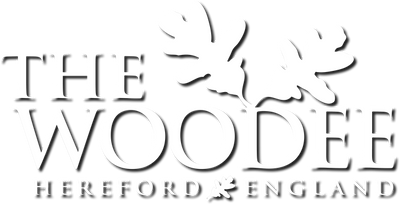
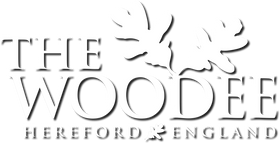
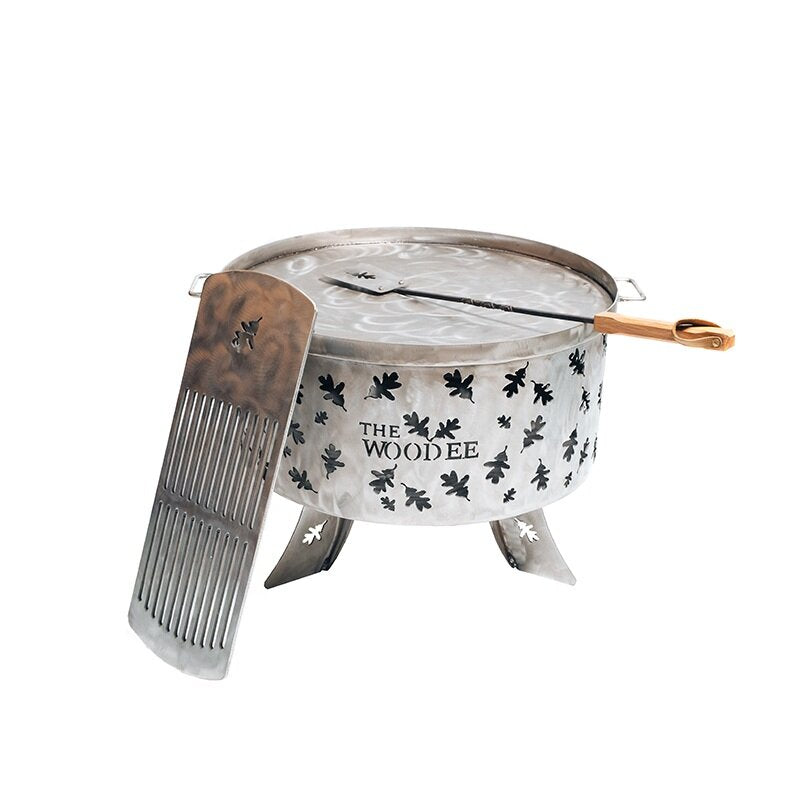
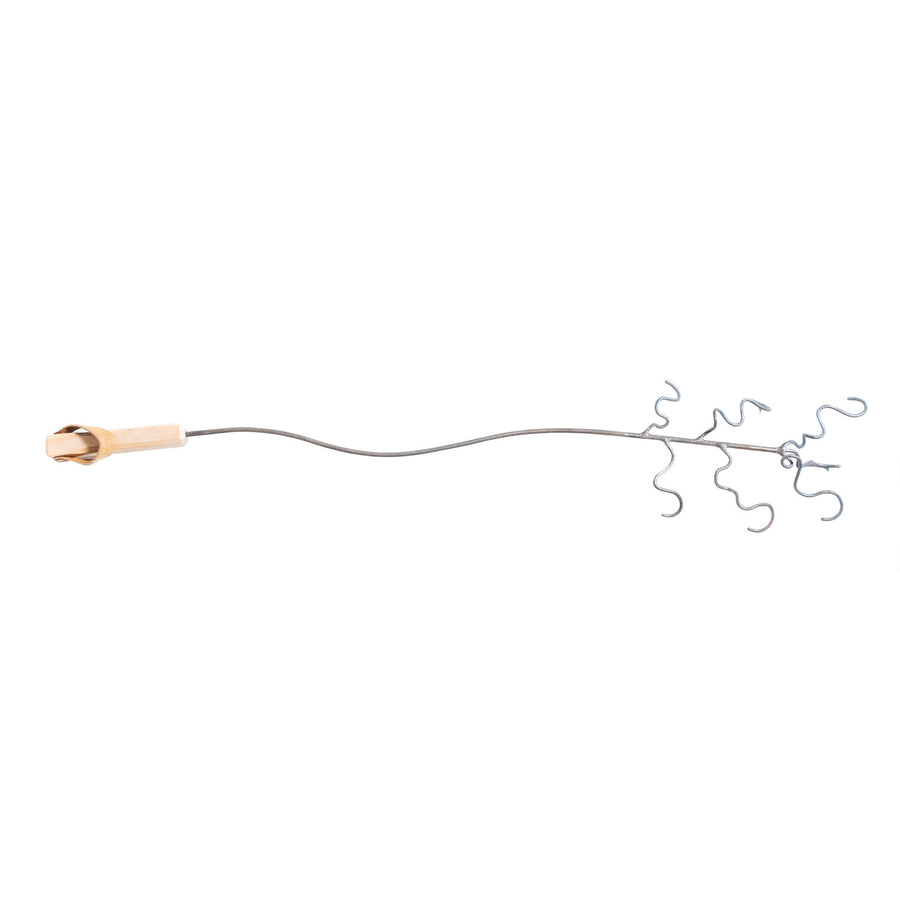
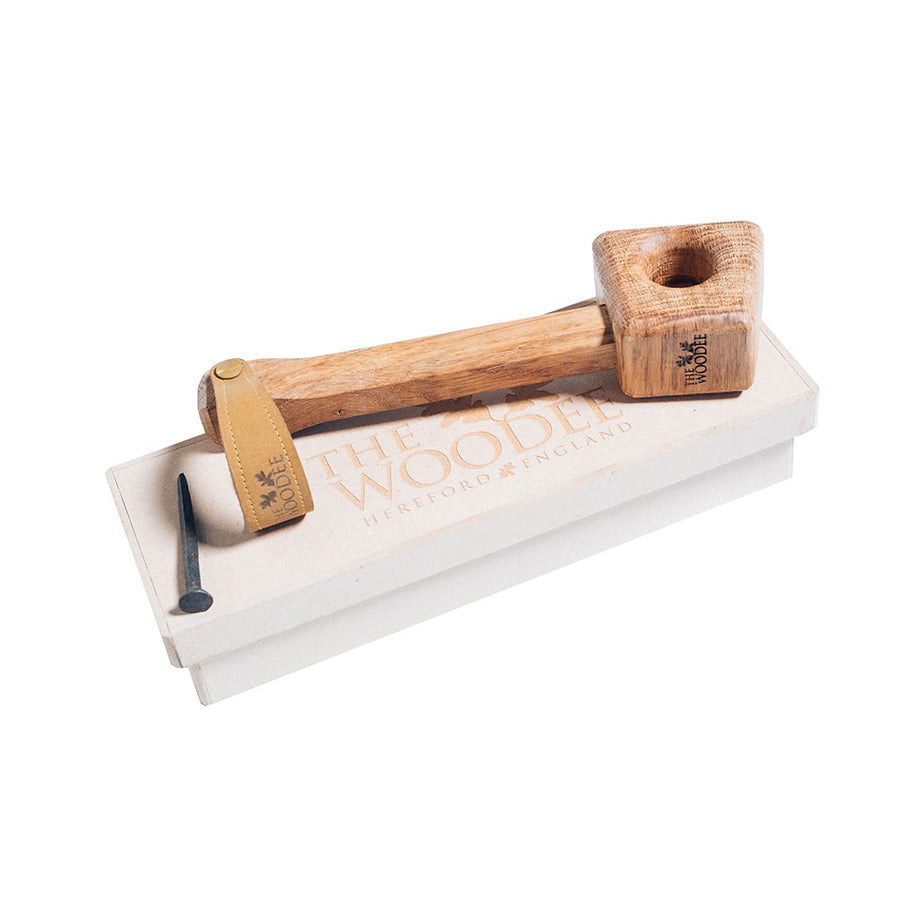
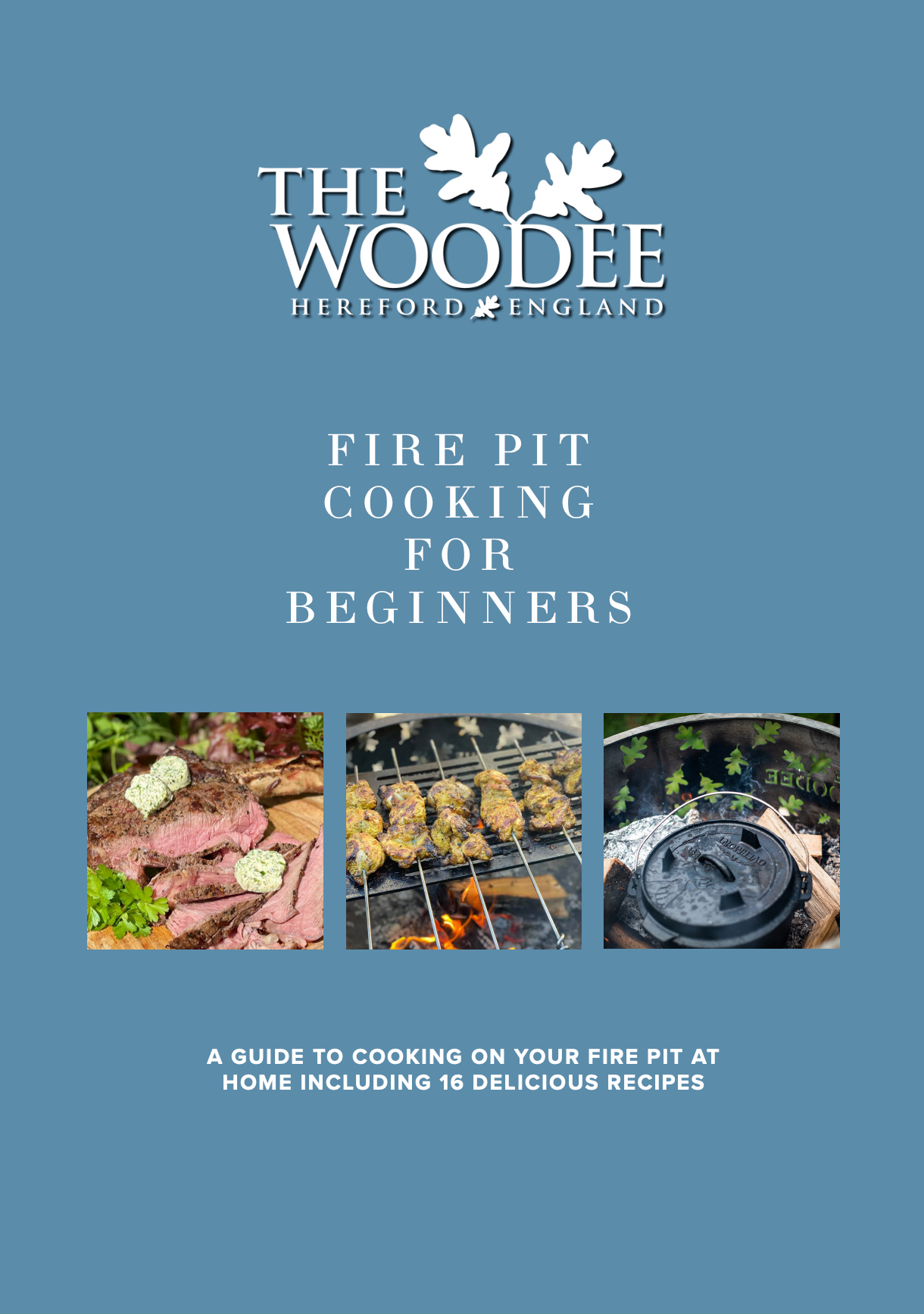
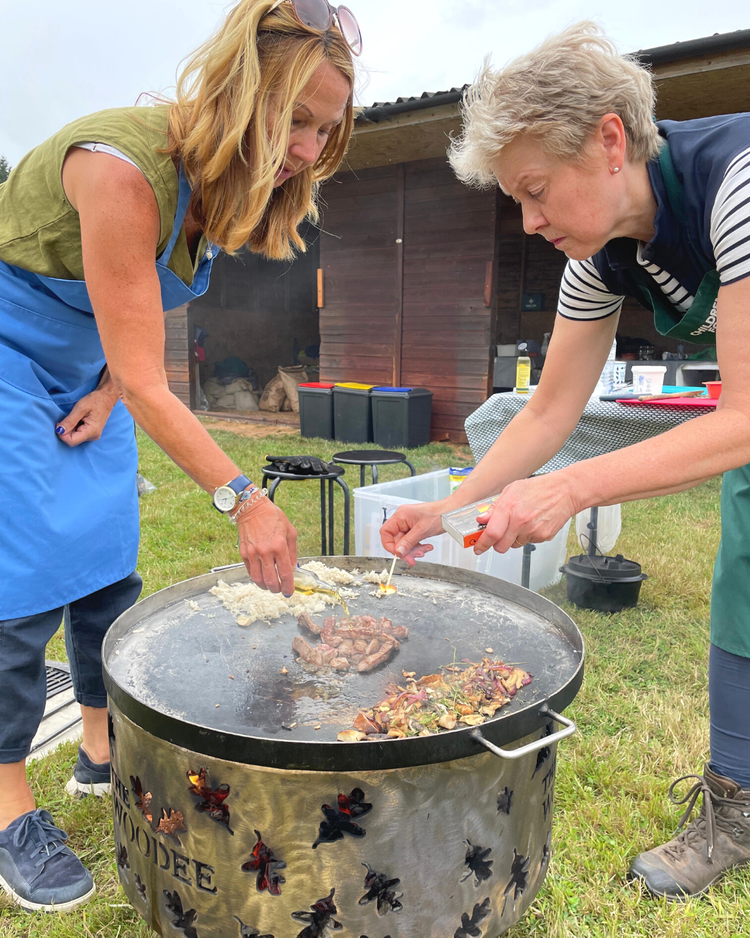
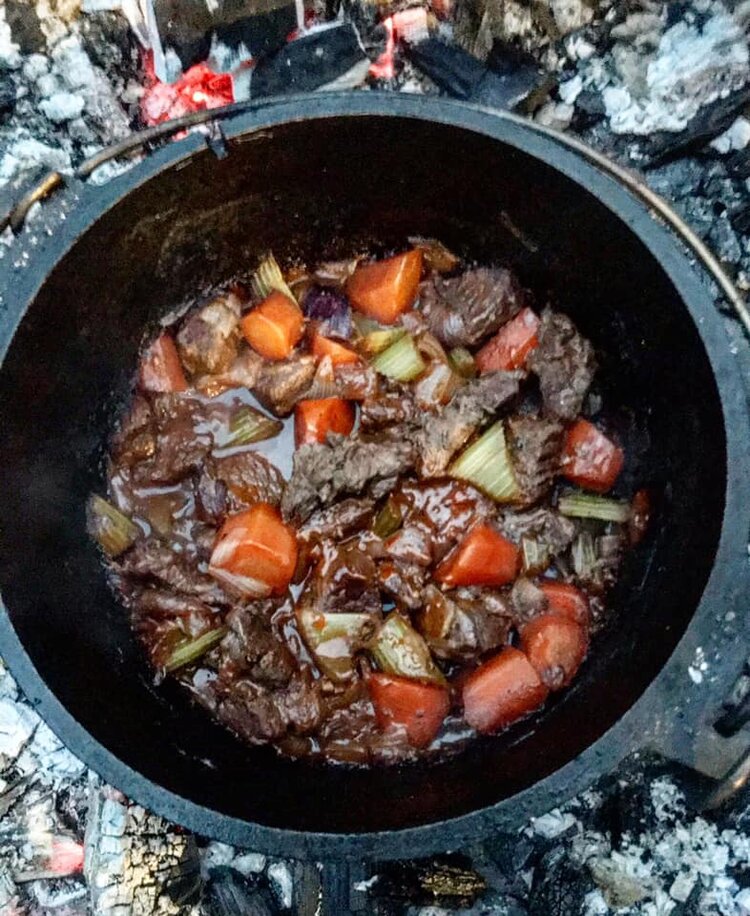
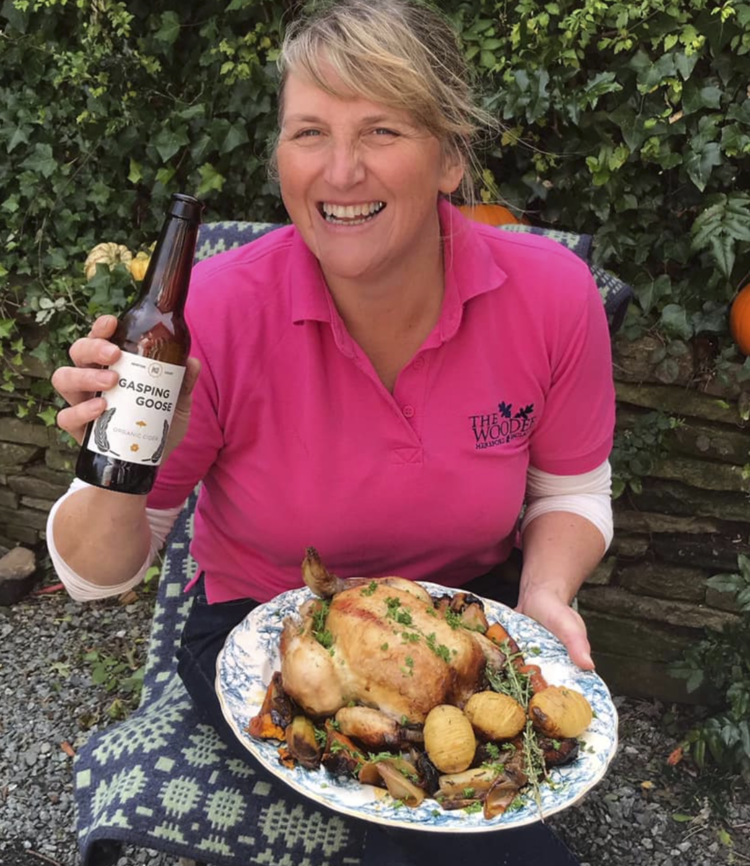
Leave a comment